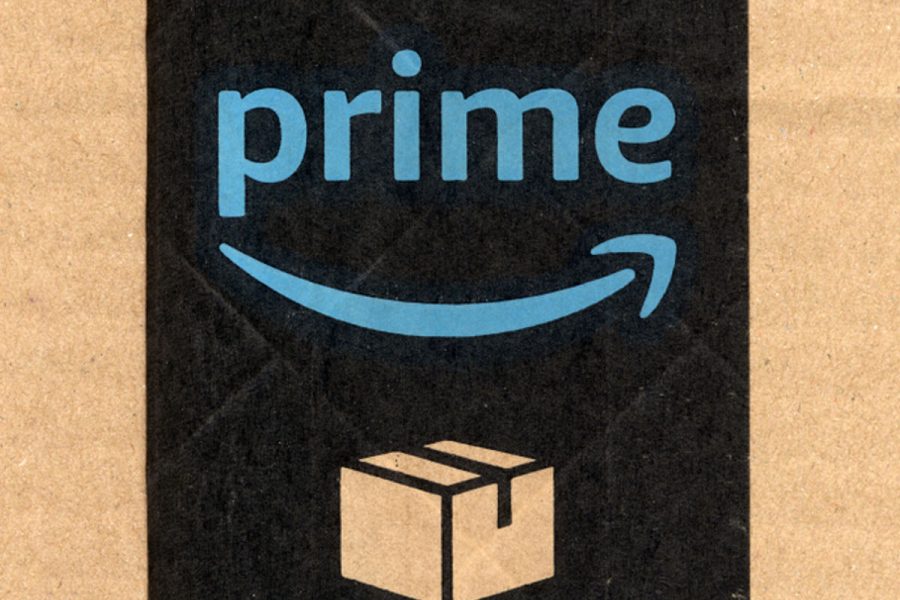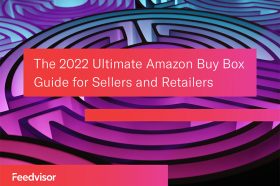Resources - Blog
Your How-To Guide to Mastering Prime Day Lightning Deals

Amazon Prime Day 2017 was dubbed “the biggest global shopping event in Amazon history,” that is until it was quickly surpassed by Cyber Monday 2017. However, Prime Day is unique in that it specifically tailored and exclusively open to Prime subscribers. Globally, the number of promotions offered on Prime Day 2017 was 115% more than 2016, and in the US, nearly 50 cents of every dollar was spent on a discounted item, amounting to nearly five million items sold at an average of 24% off.
With that, it’s important for vendors, manufacturers, and third-party sellers alike to get involved in Lightning Deals – and time is of the essence because the deadlines to submit are May 18 (Seller Central) and May 31 (Vendor Central). Last year, Amazon extended the global shopping experience from 24 hours to a 30-hour affair, so it’s expected that the schedule will be extended even more this year. If history repeats itself, the pre-deals will most likely begin on Monday, July 9th, enter full capacity on July 10th, and extend through July 11th.
In 2017, Lighting Deals were the most offered promotion type on Prime Day, accounting for almost 450,000 unique promotions (including Prime Early Access Promotion Deals). One per customer, Lightning Deals are available either until Prime Day ends or the inventory is claimed.
Lightning Deals require per unit funding that is only applied if the deal appears on the page, which only happens if that specific Deal was approved by amazon.com to run on the global shopping holiday. They are a great way to liquidate excess inventory at Amazon fulfillment centers, burn through product that will be out of season soon, or has a new version being released.
Stay on top of the latest e-commerce and marketplace trends.
Qualifying Lightning Deal Criteria
To qualify, products must abide by the following criteria:
1. Products must have a sales history on Amazon and at least a three-star rating, although this can change according to geographical location and time of year.
2. Deals should include as many product variations (size, color, style, etc.) as possible. For some products, such as clothing and shoes, at least 65% of variations should be included in the deal, although this can change by geographical marketplace and time of year. The predetermined minimum percentage of product variations are specified when you create the deal.
3. Only specific product categories are eligible. Restricted products and products that are offensive, embarrassing, or otherwise inappropriate are not eligible.
4. Products must be Prime-eligible in all states, as well as Puerto Rico and fulfillable either via FBA or Seller-Fulfilled Prime.
5. The item must be in new condition.
6. Seller feedback must be spot on: you must receive a minimum of five ratings per month and have at least an overall 3.5-star rating, although this can change by the geographical marketplace and the time of year.
Pricing Considerations for Lightning Deals
Products that are featured in Amazon’s Lightning Deal spaces typically enjoy a sales boost throughout the duration of the deal, so sellers can utilize this space as a springboard to capitalize on brand and specific product visibility, as well as incite a long-term lift in conversion for that product.
When applying for a Lightning Deal, you must:
1. Make sure it beats the lowest price offered since January 1, 2018.
2. Price the item at least 15 percent lower than the lowest price in the past 30 days.
3. Ensure that the price is a 20 percent discount or better off of the original list price.
4. Make sure that you have the proposed deal quantity at least seven days before Prime Day commences, as your deal could be canceled if there is inadequate inventory at the time of the Deal.
After all of the Lightning Deals have been submitted for Prime Day, Amazon will select the top Deals to run for the event. Although there are no guarantees that your item will be chosen to run, Amazon has suggested that sellers choose items that will get customers excited to purchase and that have a great available quantity and inventory.
If your Deal is selected, the date and time that it will run will be revealed in Seller Central at least one week prior to its scheduled Prime Day run date. You can see whether your Deal has been selected for the event on the Upcoming and active tab. Be prepared to monitor your deal when it’s in “Active” status in order to make the most of the opportunity for your business. You will be charged for the Lightning Deal after it’s scheduled run time has been completed.
Lightning Deal fees vary based on the marketplace selected and when the Deal is being run. Therefore, running a Lightning Deal on Prime Day and the surrounding days typically tend to cost significantly more than other times throughout the year. However, with their element of exclusivity, Lightning Deals pose an incredible opportunity for driving value to sellers and vendors by clearing out inventory, sparking a long-term lift in a specific product, and boosting rankings and marketplace visibility.
Learn what Feedvisor can do for your business.
When you partner with Feedvisor, you automatically receive access to our true, AI-driven technology and hands-on team of e-commerce experts. Contact one of our team members today to learn more about our end-to-end solution for brands and large sellers on Amazon, Walmart, and e-marketplaces.

![5 Avoidable Mistakes Hurting Your Gross Profit Margin on Amazon [Guide]](https://feedvisor.com/wp-content/uploads/2018/08/blog-5-avoidable-mistakes-hurting-your-gross-profit-margin-on-amazon-280x186.jpg)

